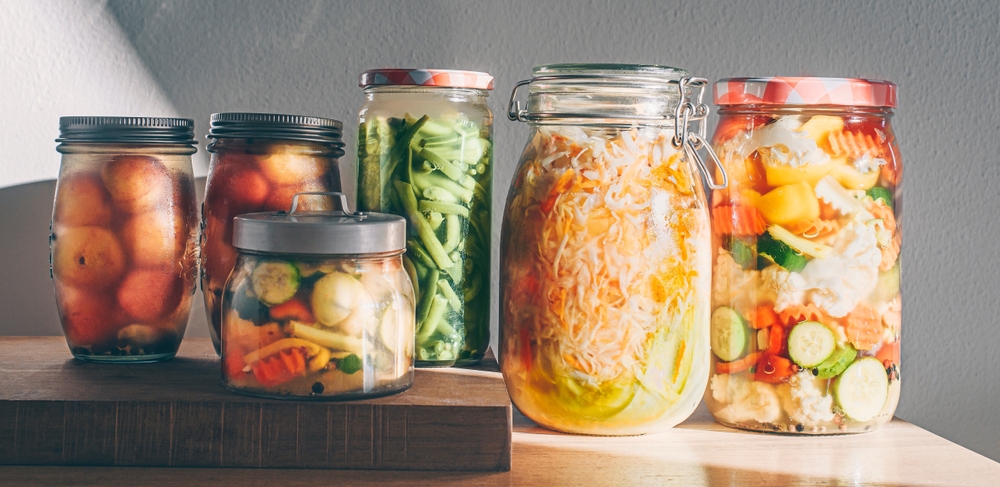Smart grocery planning that reduces waste and saves time
Practical grocery planning helps households cut food waste and streamline meal routines. This brief overview explains core habits—from shopping lists and portion-aware recipes to pantry organization and simple preservation—that save time, reduce food loss, and support a balanced approach to nutrition and budgeting.

Effective grocery planning starts with a clear, habit-driven approach that aligns purchases with weekly meal plans, storage capacity, and household schedules. A short planning session before shopping—reviewing what’s already in the pantry, checking perishables in the fridge, and sketching out a few recipes for the week—reduces impulse buys and ensures groceries are used before they spoil. Over time, these small actions lead to measurable reductions in waste and more time available for cooking and family routines.
This article is for informational purposes only and should not be considered medical advice. Please consult a qualified healthcare professional for personalized guidance and treatment.
How does mealplanning reduce waste?
Mealplanning connects purchases to actual meals, cutting the gap between what you buy and what you eat. By mapping breakfasts, lunches, dinners, and snacks for several days, you can buy exact quantities and avoid duplicate ingredients. Combining similar recipes that share ingredients—such as a roasted vegetable tray used in salads and grain bowls—helps use produce fully. Planning also allows for strategic timing: buying fresh herbs or salad greens to be used early in the week and sturdier vegetables for later keeps spoilage down and improves overall grocery efficiency.
What recipes suit mealprep and flavor?
Choosing recipes designed for mealprep makes leftovers appealing and simple to reheat. Focus on flexible recipes—stews, grain salads, roasted vegetables, and protein bases—that maintain flavor after storage. When preparing meals, prioritize seasoning layers and proper cooling to preserve flavor and texture. Incorporate a balance of spices, acids, and fats so reheated portions still taste fresh. Batch-cooking with an eye toward portioning into single-meal containers saves time during busy days and encourages consistent home cooking instead of last-minute purchases.
How to organize a pantry for preservation and safety?
A well-organized pantry supports both preservation and safety. Group similar items together—canned goods, dry grains, baking essentials—and keep frequently used ingredients at eye level. Use FIFO (first in, first out) rotation: place recently purchased items behind older ones so older stock is used first. Label shelves with categories and expiration dates for perishable staples. Maintain a clean, cool, dry environment to slow spoilage; keep high-risk items like nut butters and oils away from heat sources. Regular pantry audits help identify near-expiry goods to incorporate into upcoming mealplans.
How can budgeting and labeling save time?
Budgeting for groceries clarifies how much to allocate each week and reduces stress when shopping. Set a weekly grocery target and build a list from a prioritized meal plan to stay within that amount. Labeling is a low-effort habit that pays off: mark cooked meals with date and contents, and note leftovers’ expected shelf life. Clear labels reduce the time spent deciding what to eat and prevent accidental food loss. Pair budgeting with bulk buying for stable staples, while avoiding excess perishables that may end up wasted.
Can fermentation and preservation extend nutrition?
Preservation techniques like freezing, pickling, vacuum sealing, and fermentation extend the usable life of ingredients while adding flavor and nutritional variety. Freezing portions of soups or cooked grains preserves convenience and reduces waste for single-serve meals. Fermentation—of vegetables or dairy alternatives—can enhance flavor complexity and introduce beneficial microbes, though safety and proper recipes matter. Simple preservation methods, such as blanching then freezing vegetables, retain nutrients and make it easier to use seasonal produce throughout the year, supporting both sustainability and meal diversity.
What beverage and shopping tips help efficiency?
Include beverages in planning to avoid unnecessary store trips and reduce single-use packaging. Buy frequently consumed beverages in appropriate quantities and opt for reusable containers when possible. When shopping, choose stores or local services that allow bulk or mixed-package purchases to match household needs better than prepackaged portions. Use a checklist organized by store layout to minimize time in aisles, and consider timed shopping—early morning or late evening—to avoid crowds. Efficient shopping routines shorten trips and lower the chance of impulse purchases that lead to waste.
Smart grocery planning combines mealplanning, sensible recipes, pantry systems, and preservation to reduce waste and reclaim time. Practical habits—labeling, portioning, and scheduled audits—ensure groceries translate into nourishing meals rather than excess trash. Apply these steps incrementally to build a system that fits your household rhythm and supports clearer budgeting, better nutrition, and less environmental impact.





